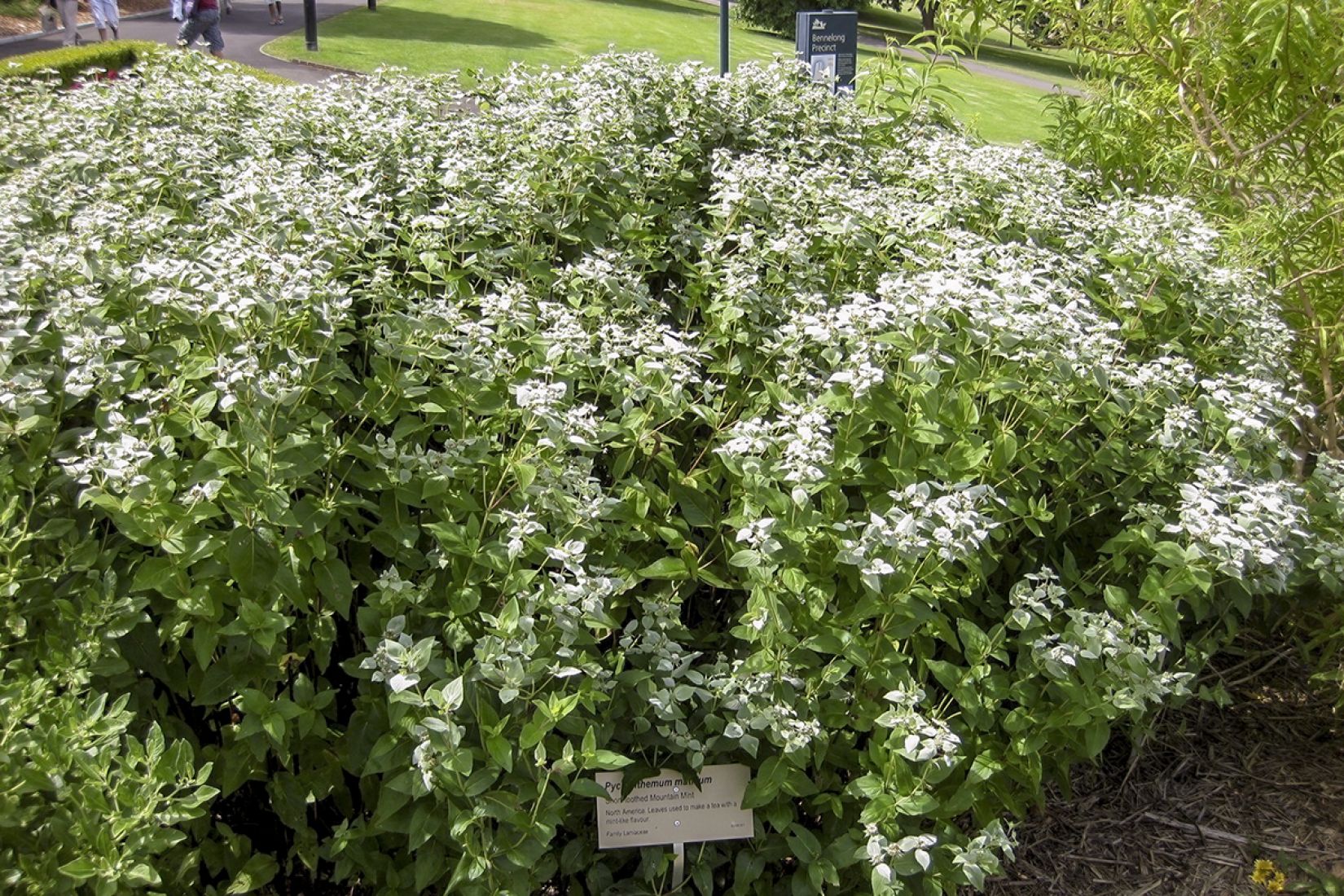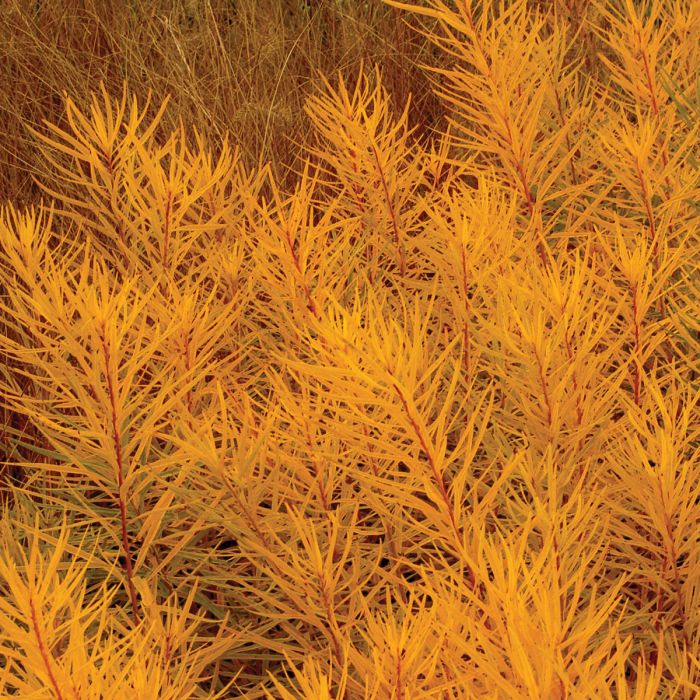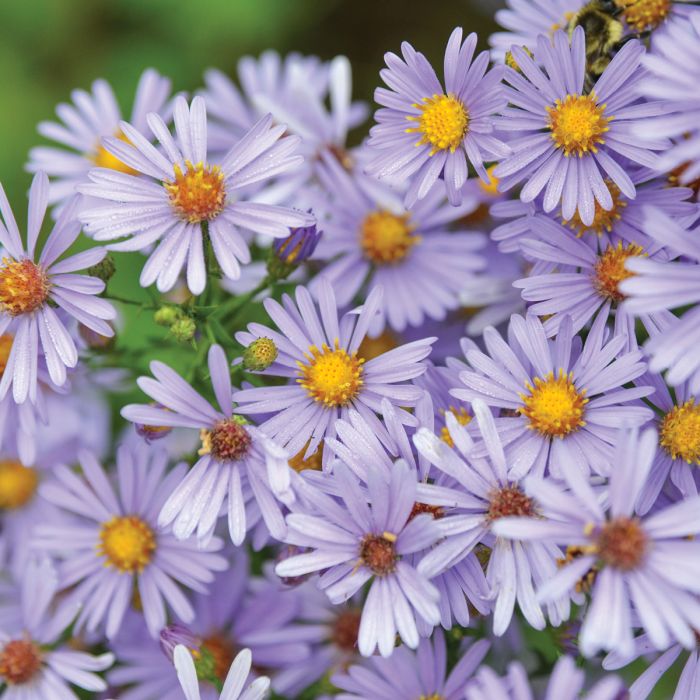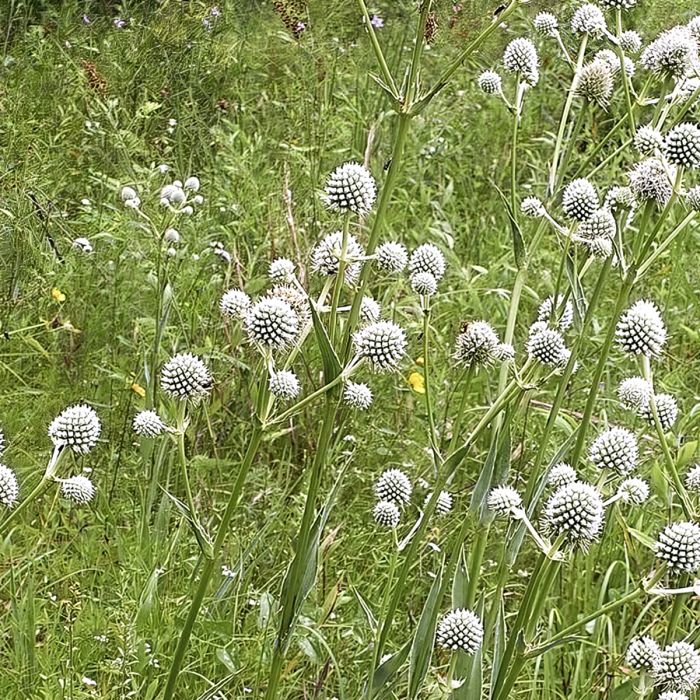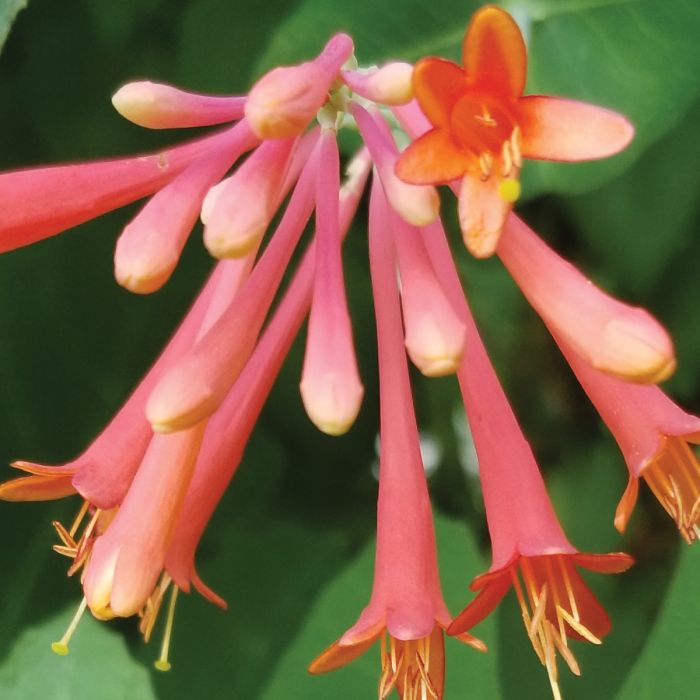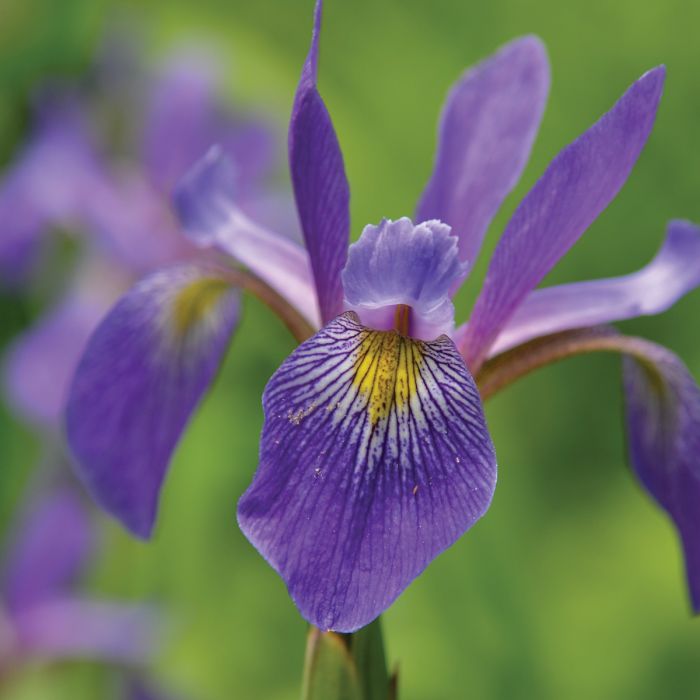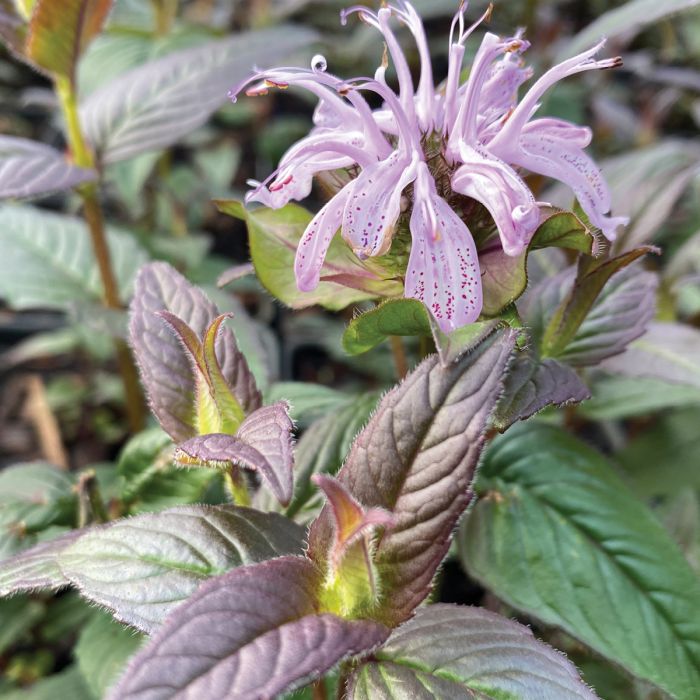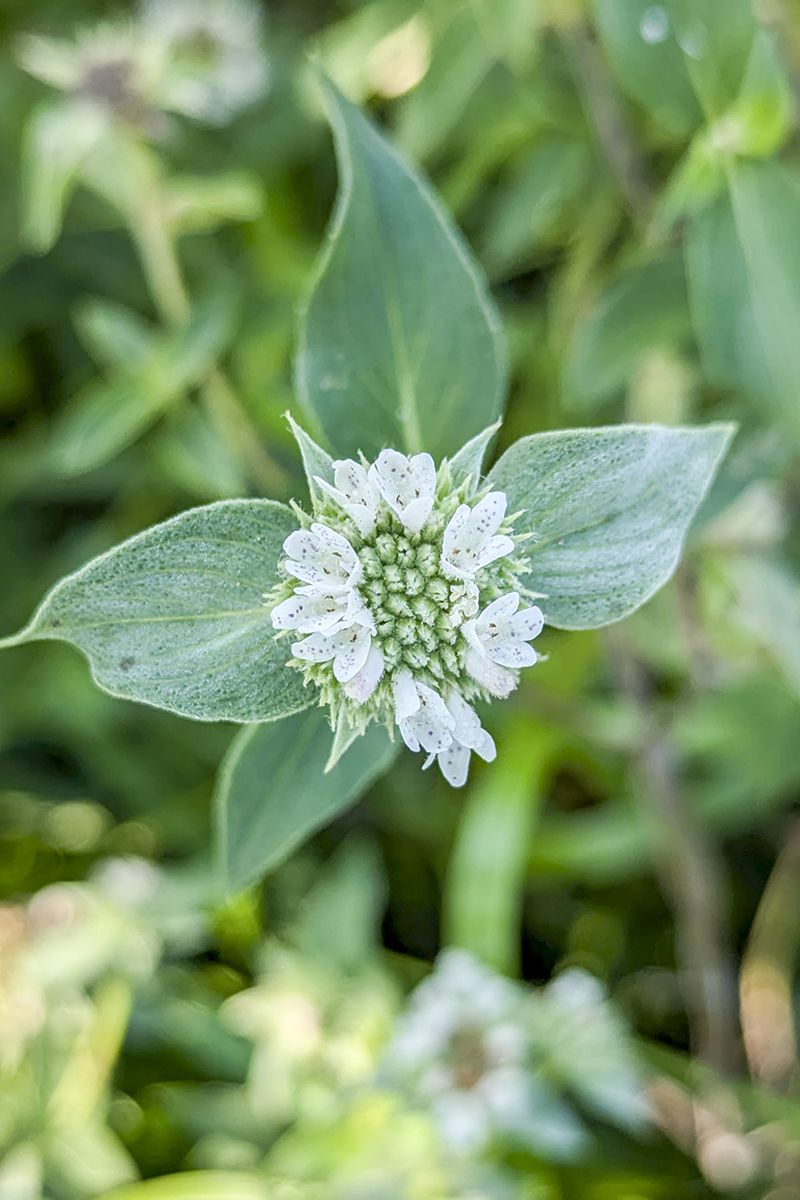
How to Spot
Pycnanthemums
Pycnanthemum muticum
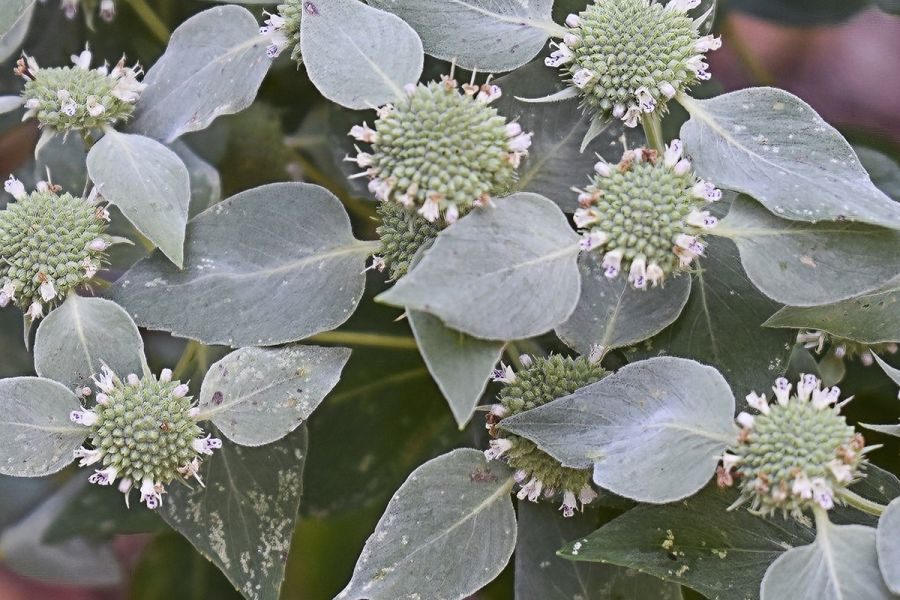
Flower Clusters with Bracts
What we see as flowerheads are actually compound structures. Tight buttons composed of buds form the center, then tiny florets emerge from the buds over a period of weeks. Each floret provides a steady supply of nectar to the pollinators.
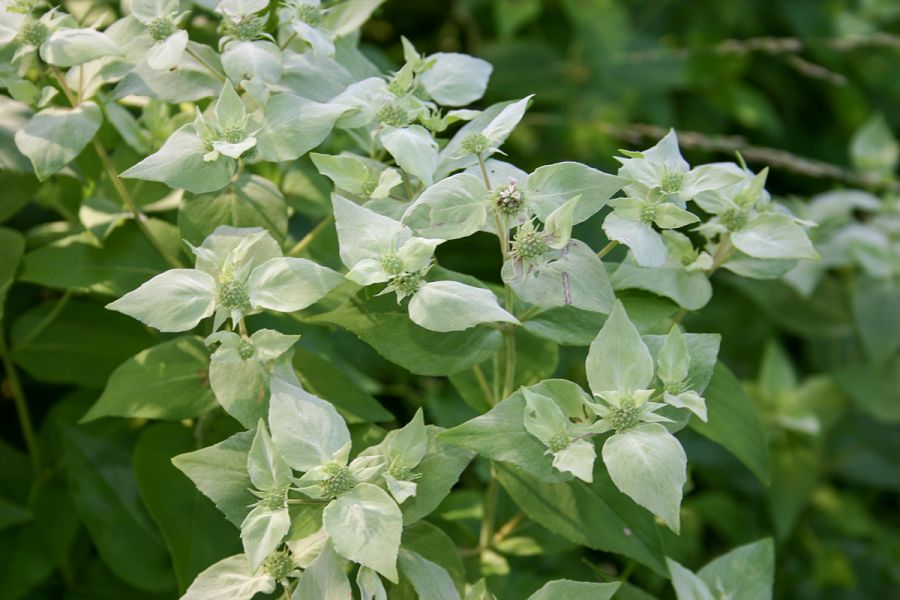
Pale Tips
What we see as petals are really modified leaves with a silvery coating to help distant beneficials find the flower clusters. These leaves can be quite pale when they emerge together from the tips.
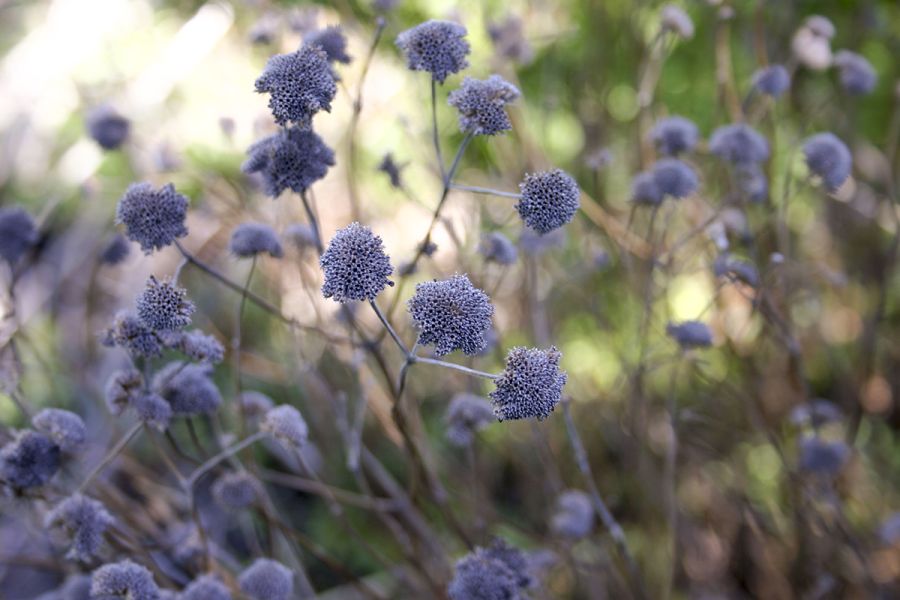
Seed Heads
Gray to brown seed heads form in late autumn and survive into winter.
Sun to Light Shade
Pycnanthemum gives its best displays in full sun, although it can handle light shade. A native of Eastern North America, P. muticum is associated with the rolling hills of Appalachia. It can be found along the coastal plains of the Eastern Seaboard as well as the Ohio and Mississippi River valleys.
| SHIPPING NOW |
|---|
|
PYC muticum 21
12 trays
|
|
PYC muticum 72
4 trays
|
Pycnanthemum
'Smokey Mountain Mint'
Light watering, not heavy, produces the best bronzing, and the wet and dry cycles of pot culture have great results. Leaves emerge gray-green and become purple as they age, so the oldest ones have the darkest colors. For this reason, 'Smokey Mountain Mint' bronzes upward from the base. Meanwhile, the silver frosting of the bracts occurs from the top down, creating an interesting two-toned effect.
Leaves develop a dark tint as they age on whip-like stems. Most of the deep color sits at the base while the silver tips lie over the top.
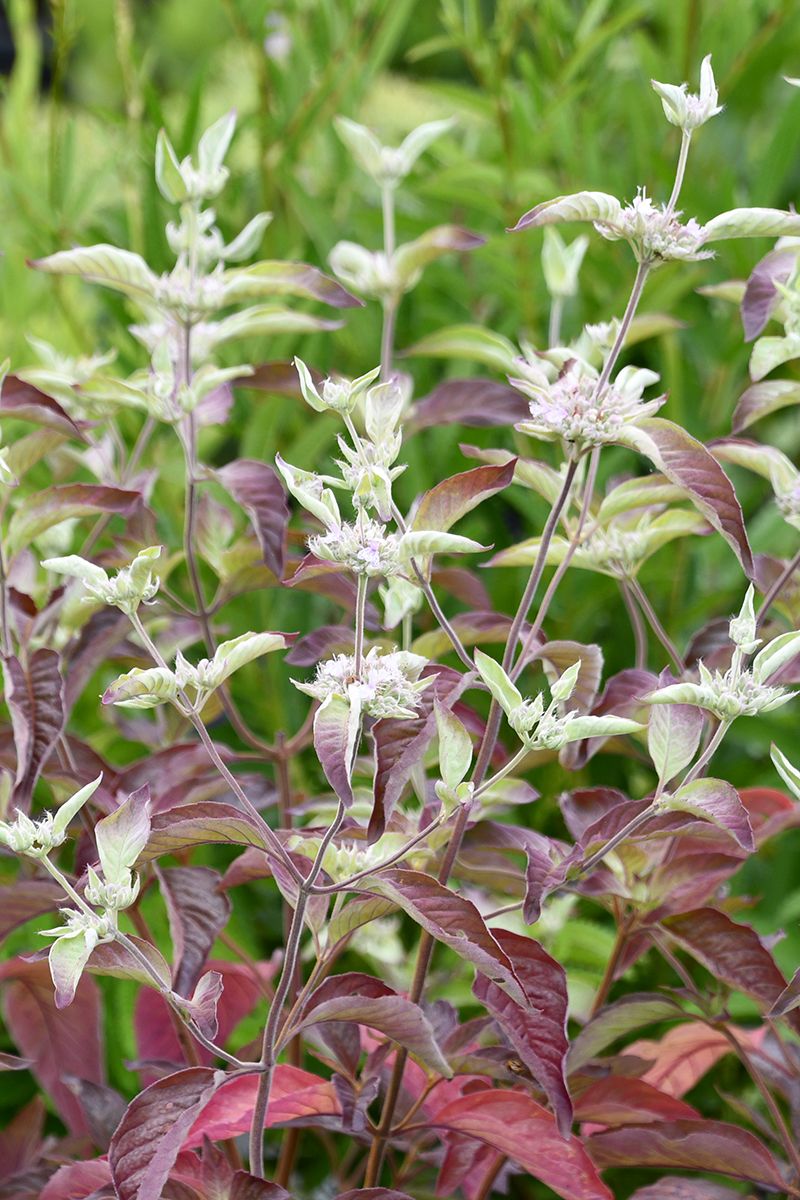
Florets are larger and densely packed in the center button.
Opening slowly over time, the florets attract beneficials for weeks.
